Ride-sharing not helping to cut emissions: Bad news for those hoping the explosive growth in Uber and Lyft rides in recent years would mean less car ownership, gasoline consumption, and air pollution in crowded cities. It’s actually getting worse. According to a new study by the Union of Concerned Scientists, ride-hailing trips today produce an estimated 69 percent more pollution on average than the trips they displace in the US. In cities, these  rides provided by Uber, Lyft, Via, Curb, and other firms, are usually taking away even more low fuel consumption and displacing mobility such as public transportation, biking, or walking. UCS recommends that these companies take efforts to electrify their fleets and increase their pooled rides. “For ride-hailing to contribute to better climate and congestion outcomes, trips must be pooled and electric, displace single-occupancy car trips more often, and encourage low-emissions modes such as mass transit, biking, and walking,” the report says.
rides provided by Uber, Lyft, Via, Curb, and other firms, are usually taking away even more low fuel consumption and displacing mobility such as public transportation, biking, or walking. UCS recommends that these companies take efforts to electrify their fleets and increase their pooled rides. “For ride-hailing to contribute to better climate and congestion outcomes, trips must be pooled and electric, displace single-occupancy car trips more often, and encourage low-emissions modes such as mass transit, biking, and walking,” the report says.
But that’s a tough sell for fleets of driver-owned cars and self-employed workers struggling to make a living in ride hailing/sharing. When you take an Uber or Lyft ride, you’ll usually be picked up in a small, fuel-efficient car or crossover utility vehicle. It could be in a Kia Optima or Kia Sportage, a Honda Civic, a Toyota Yaris, a Nissan Rogue, and occasionally in a traditional Prius hybrid. Customers are not going to get a ride in an all-electric or plug-in hybrid vehicle, unless things change. And group rides of three or more passengers can be very inconsistent for customer satisfaction; such as one passenger in a business suit angry about having to wait until being the last drop-off and maybe miss their flight.
Startup truck maker Nikola going public: On Tuesday, hydrogen fuel cell truck maker Nikola Motor Co. announced that it’s merging with a publicly listed acquisition company called VectoIQ. The transaction is expected to close sometime in the second quarter of this year, and when it does, Nikola will be listed on the NASDAQ exchange as NKLA. The Phoenix-based truck maker will receive $525 million in new investment as a result, adding to an existing stockpile of that same amount that it previously raised across three rounds of funding; and through a joint venture the company started in Europe. Nikola and its backers see much potential in the zero emission commercial truck market as several countries are implementing greenhouse gas rules that are coming to trucking the same way light-duty vehicles are seeing it happen in several countries.
Nikola has developed three different trucks, with a pickup concept being announced not long ago. Nikola also has a grand plan to deploy a hydrogen fueling station network across America, ideal for commercial truck drivers who wouldn’t be able to find hydrogen fuel pumps otherwise. The company also has versions of its trucks that are battery-powered, too, for end users that don’t need as much long range driving as the hydrogen-powered versions of the trucks can offer. Editor’s note: I’ll have a second market report coming out soon (see below for more on the first one) entitled Hydrogen is finally here — but there are five hurdles to clear, with more on Nikola and other companies in the field.
Demand and interest in EVs in a few states: If you take a look at this map created by auto site partcatalog.com, the Ford Bronco had the highest search rating in 19 states by car shoppers looking at vehicle refreshes and introductions set for this year. It’s also interesting to see that the upcoming Tesla Model Y took three states (California, Washington, and Hawaii) and the Rivian R1T took the top spot in two states (Vermont and Delaware). The Ford Mach-E, an electric Mustang SUV, won top interest in Idaho and Rhode Island. Partscatalog.com utilized Google trends data covering January 1 through the first week of February, looking at consumer interest in vehicles set to be released this year.
New Green Auto Market report: Will we see transformation of ground transport by 2030?
Will we be riding to work in electric, autonomous, shared vehicles a decade from now? Will the traditional internal-combustion engine auto manufacturing industry be clearly transformed into a new age? Could we witness steadily declining new vehicles sales; younger consumers moving away from car ownership; electric vehicles becoming more important to automakers and vehicle owners than cars and trucks powered by internal combustion engines; autonomous vehicles clearing regulatory hurdles and starting production; connected car features playing a significant role over the next decade; and mobility services leading the way in traffic- and smog-congested cities. For those of you who may have missed my coverage and analysis of these topics last fall, all of it is explored and updated in a new report, Will we see transformation of ground transport by 2030? Here’s the link for those who are interested.
Audi eTron beats Model 3: The Tesla Model 3 got trounced in Norway sales during February, with the Audi eTron doing very well in Europe’s hottest battery electric vehicle market. The eTron sold 1,131 units last month and the Model 3 only had 53 units sold. However, Tesla typically back-ends its quarterly cycle where about 50 percent of the volume takes place in the third month. The company should be doing a lot of catch up in March. The Volkswagen eGolf came in second at 740 units sold. That model will be replaced by the VW ID.3 later this year.
Smart cities meet 5G: Smart cities will soon become one of the most important testing grounds for 5G technology and business models, according to a new Navigant Research study. The next generation wireless/cellular phone network is expected to much faster and load-intensive than 4G, but there’s been a battle over the technology going into the networks along with government communication regulations affecting the outcome. Carmakers and their tech partners are quite interested in how all this will go. The Navigant study looks at a few key areas that some of the challenges will have to be resolved for full integration of smart cities and 5G: cybersecurity, data privacy, the impact of automation, and issues of digital exclusion. The study also explores the strategies of global carriers and infrastructure vendors that are leading the development and deployment of 5G networks.
Daimler launching electric truck test project: Daimler Trucks North America is launching the Freightliner Customer Experience (CX) Fleet for its electric truck program. The fleet of all-electric pre-series trucks includes six heavy-duty Freightliner eCascadias and two medium-duty eM2 106 trucks. Fourteen of Daimler’s commercial customers will be participating in the test project. Data collection will take place over the next 22 months/ DTNA will analyze data and feedback from the CX Fleet to continue to improve upon future vehicle design and assist customers navigating a transition to electric fleets. “It’s critical that we collaborate with customers across multiple segments to further our understanding of how commercial battery electric trucks will be part of a long-term solution in CO₂-neutral transportation,” said Richard Howard, senior vice president, On-highway sales and marketing, DTNA.

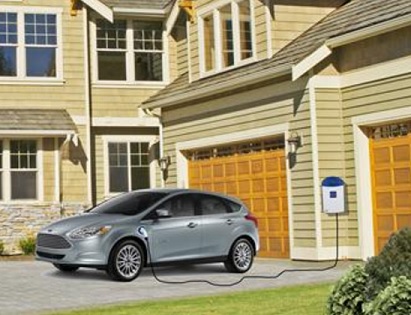 will still be able to claim a tax credit up to $7,500 on the purchase. The 200,000 unit cap will still be in place with Tesla, General Motors, and Nissan expected to hit that ceiling sometime next year. Automakers and organizations such as CALSTART and Plug In America had been lobbying for inclusion of the tax credit, which had been initially cut from a House tax bill.
will still be able to claim a tax credit up to $7,500 on the purchase. The 200,000 unit cap will still be in place with Tesla, General Motors, and Nissan expected to hit that ceiling sometime next year. Automakers and organizations such as CALSTART and Plug In America had been lobbying for inclusion of the tax credit, which had been initially cut from a House tax bill. had argued that it merely provides a mobile app linking riders to car owners, and not a taxi or livery company. The case had come out after Barcelona ruled that Uber was to obey local taxi rules in that city. Uber downplayed the court ruling, saying that the company already operates under transportation laws in most European Union countries. Analysts say the ruling will have serious implications for Uber and other similar companies operating in the new gig economy. Uber and its new management team have a set of challenges to face after going through a difficult year.
had argued that it merely provides a mobile app linking riders to car owners, and not a taxi or livery company. The case had come out after Barcelona ruled that Uber was to obey local taxi rules in that city. Uber downplayed the court ruling, saying that the company already operates under transportation laws in most European Union countries. Analysts say the ruling will have serious implications for Uber and other similar companies operating in the new gig economy. Uber and its new management team have a set of challenges to face after going through a difficult year.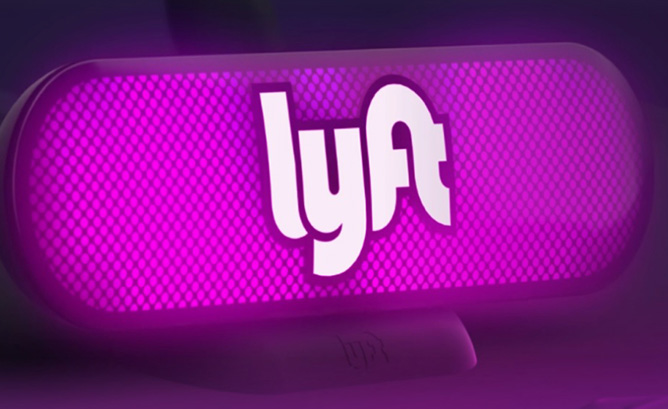 Fidelity Management & Research Company and Ontario Teachers’ Pension Plan. AllianceBernstein, Baillie Gifford, KKR, Janus Henderson Investors, and Rakuten. CapitalG led the billon-dollar round. The ride-hailing firm’s valuation is now at $11.5 billion. Alphabet, the Google parent company, played a key role in bringing in more investors for Lyft during October – after pulling away from financial support for arch-competitor Uber and filing its intellectual property theft lawsuit affecting its Waymo division……………..
Fidelity Management & Research Company and Ontario Teachers’ Pension Plan. AllianceBernstein, Baillie Gifford, KKR, Janus Henderson Investors, and Rakuten. CapitalG led the billon-dollar round. The ride-hailing firm’s valuation is now at $11.5 billion. Alphabet, the Google parent company, played a key role in bringing in more investors for Lyft during October – after pulling away from financial support for arch-competitor Uber and filing its intellectual property theft lawsuit affecting its Waymo division……………..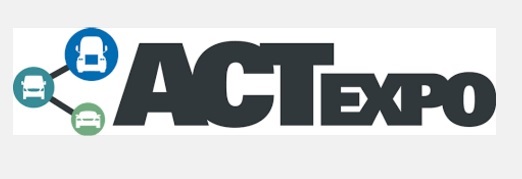 clean transportation events, GNA has played a key role in raising millions of dollars in grant funding for clients during its history. The consulting firm will celebrate its 25 year anniversary next year. The company has effectively supported the use of renewable fuels, and has provided research and analysis for all parts of the clean transportation industry. GNA also does emissions modeling, assists with technical fleet planning, monitors government affairs, and provide communications and media services to clients, CNGVC said.
clean transportation events, GNA has played a key role in raising millions of dollars in grant funding for clients during its history. The consulting firm will celebrate its 25 year anniversary next year. The company has effectively supported the use of renewable fuels, and has provided research and analysis for all parts of the clean transportation industry. GNA also does emissions modeling, assists with technical fleet planning, monitors government affairs, and provide communications and media services to clients, CNGVC said.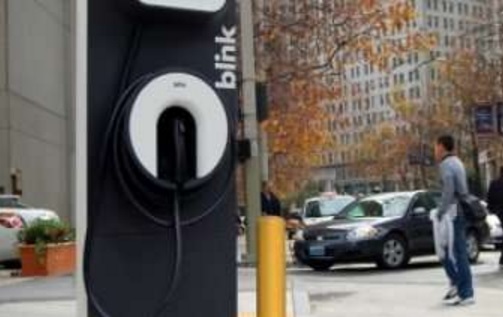 2013. Car Charging Group began operating thousands of Blink charging stations, and the software that manages, monitors, and tracks these stations and stores charging data. Blink Charging Co. also started a 1 for 50 reverse stock split, effective two days ago. After a period of 20 business days from then, the company’s stock symbol will be CCGID and will then revert to CCGI. The company’s website has switched over to www.BlinkCharging.com. “Changing the name of the Company to Blink Charging continues our integration efforts and corporate rebranding, which allows us to unify our identity and illustrates the company’s primary products and services,” stated Mike Calise, Blink Charging’s CEO. “The reverse split is also another step in the right direction towards achieving a listing on a national stock exchange and to build additional shareholder value.”
2013. Car Charging Group began operating thousands of Blink charging stations, and the software that manages, monitors, and tracks these stations and stores charging data. Blink Charging Co. also started a 1 for 50 reverse stock split, effective two days ago. After a period of 20 business days from then, the company’s stock symbol will be CCGID and will then revert to CCGI. The company’s website has switched over to www.BlinkCharging.com. “Changing the name of the Company to Blink Charging continues our integration efforts and corporate rebranding, which allows us to unify our identity and illustrates the company’s primary products and services,” stated Mike Calise, Blink Charging’s CEO. “The reverse split is also another step in the right direction towards achieving a listing on a national stock exchange and to build additional shareholder value.”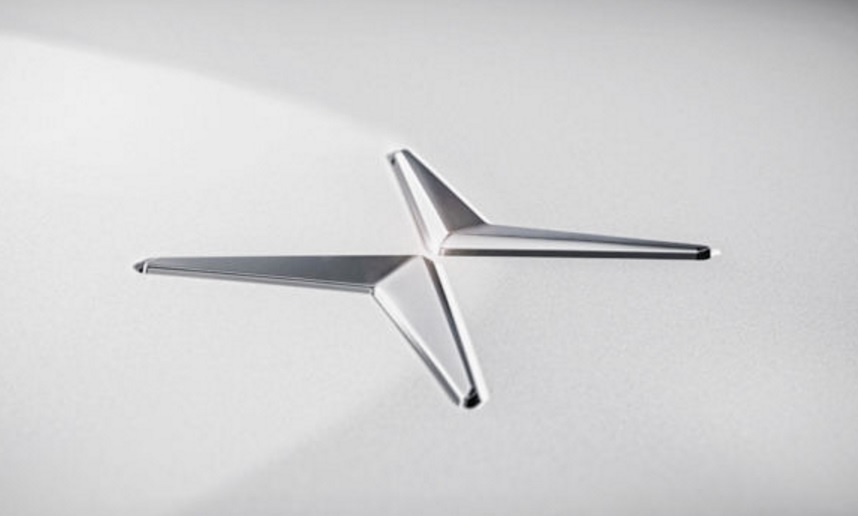 Polestar. Volvo acquired Polestar Performance in 2015. Polestar Performance had been a business that Volvo hired to jointly develop high-performance versions of its vehicles. The two companies will tap into economies of scale and other resources Volvo offers. Polestar will reveal its business plan this fall. Thomas Ingenlath to be CEO at Polestar. He previously had helped Volvo increase sales of several vehicles including the XC90. Polestar will challenge Tesla and BMW i subbrand as a global brand.
Polestar. Volvo acquired Polestar Performance in 2015. Polestar Performance had been a business that Volvo hired to jointly develop high-performance versions of its vehicles. The two companies will tap into economies of scale and other resources Volvo offers. Polestar will reveal its business plan this fall. Thomas Ingenlath to be CEO at Polestar. He previously had helped Volvo increase sales of several vehicles including the XC90. Polestar will challenge Tesla and BMW i subbrand as a global brand.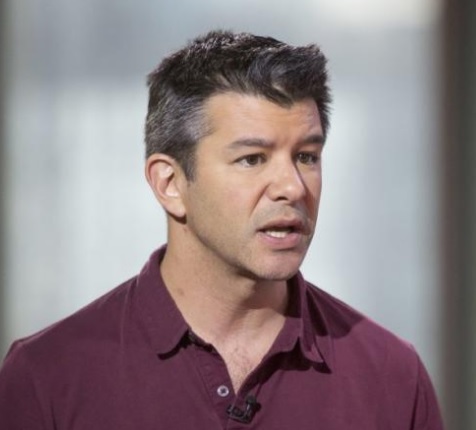 starting up in May 2010, Uber invented a new segment of mobility – a business model adopted by Lyft, food delivery companies like Postmates and DoorDash, and dozens of other startups; and that’s put several taxi companies out of business. Uber became the most valuable private company in the world with Kalanick able to bring several venture capital backers onboard. The CEO was known for his aggressive style and for leading a workplace that hasn’t been good for women to work in; or many of the other male executives who’ve left in recent weeks. No matter what happens, the Uber brand name is likely to be carried forward as it’s become the icon of mobility services; maybe by another group of owners.
starting up in May 2010, Uber invented a new segment of mobility – a business model adopted by Lyft, food delivery companies like Postmates and DoorDash, and dozens of other startups; and that’s put several taxi companies out of business. Uber became the most valuable private company in the world with Kalanick able to bring several venture capital backers onboard. The CEO was known for his aggressive style and for leading a workplace that hasn’t been good for women to work in; or many of the other male executives who’ve left in recent weeks. No matter what happens, the Uber brand name is likely to be carried forward as it’s become the icon of mobility services; maybe by another group of owners.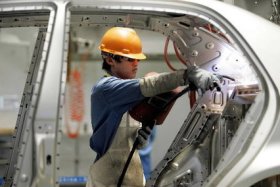 Clean vehicle job creation: Manufacturing clean vehicles
Clean vehicle job creation: Manufacturing clean vehicles 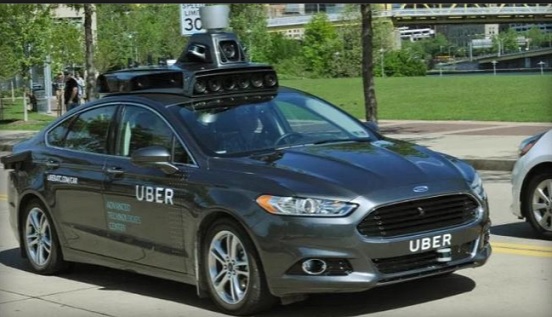 INRIX, a leading provider of traffic information,
INRIX, a leading provider of traffic information, 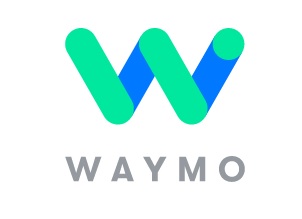 Lyft partners with Waymo: Ride-hailing firm Lyft has forged a partnership with the Waymo self-driving car firm. The
Lyft partners with Waymo: Ride-hailing firm Lyft has forged a partnership with the Waymo self-driving car firm. The 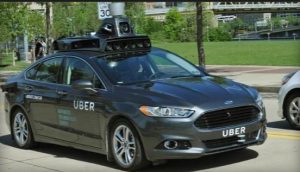 Have you ever wished you could ride in a passenger seat during a self-driving car test? You might want to go to Pittsburgh and skip Mountain View, Calif.
Have you ever wished you could ride in a passenger seat during a self-driving car test? You might want to go to Pittsburgh and skip Mountain View, Calif.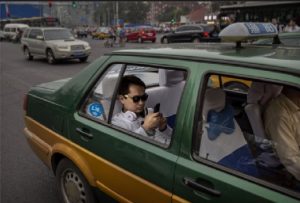 Didi buying Uber’s China business: Uber’s arch-rival in China, Didi Chuxing, will be acquiring Uber’s Chinese business unit. It will effectively
Didi buying Uber’s China business: Uber’s arch-rival in China, Didi Chuxing, will be acquiring Uber’s Chinese business unit. It will effectively  Have you ever taken an Uber ride to the airport, work, concert, or out on a date? Not only have I taken a few Uber rides, I’ve put in quite a few hours and miles on the road as an Uber driver. I’ve also written a non-fiction book about it that was published Friday on Kindle,
Have you ever taken an Uber ride to the airport, work, concert, or out on a date? Not only have I taken a few Uber rides, I’ve put in quite a few hours and miles on the road as an Uber driver. I’ve also written a non-fiction book about it that was published Friday on Kindle,